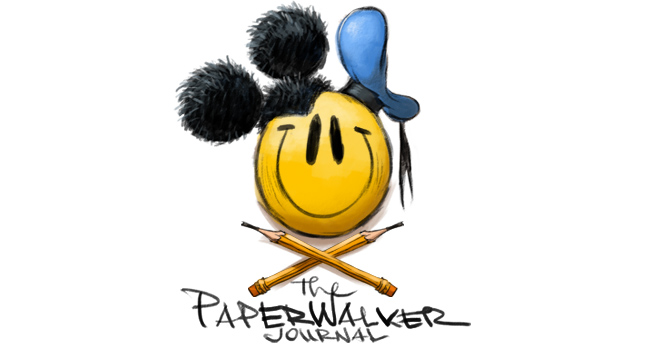
[The entire posting here below is a re-share from Diversity is beautiful]
"Are you sure you want to go through with this, Lois?"
"Yes, Superman! Close the body mold and switch on the power! It's important that I live the next 24 hours as a black woman!"

The Civil Rights movement had an impact on mass media and comic books were no exception. Marvel created "Black Panther" in 1966, DC's superheroes started supporting minorities and "rarely missing an opportunity to make some sort of comment on state of race-relations". Superman stories had hardly included African Americans for some decades. In the early 1970s, however, mutual respect became one of "the" messages.

In Superman's Girl Friend Lois Lane #106 (Nov. 1970) "I am Curious (Black)!", Lois Lane wants to write an article on Metropolis district "Little Africa" but has difficulties finding African Americans to interview as they reject her because of her ethnicity. Superman offers her to enter his Plastimold and change her skin colour for 24 hours. With her altered skin colour, Lois Lane finds acceptance among African Americans and rejection among her former friends. The story portrayed Black Power, tended to reinforce some stereotypes but had a clear diversity message and was a large success (Zeichmann, 2012).


Lois Lane decides to take the underground.


Zeichmann, C. B. (2012) Black Like Lois. Confronting Racism, Configuring African American Presence. In: Darowski, J. J. (ed.) The Ages of Superman. Essays on the Man of Steel in Changing Times. Jefferson: McFarland & Company, 78-90
Images via and via and via and via and via





































































No comments:
Post a Comment